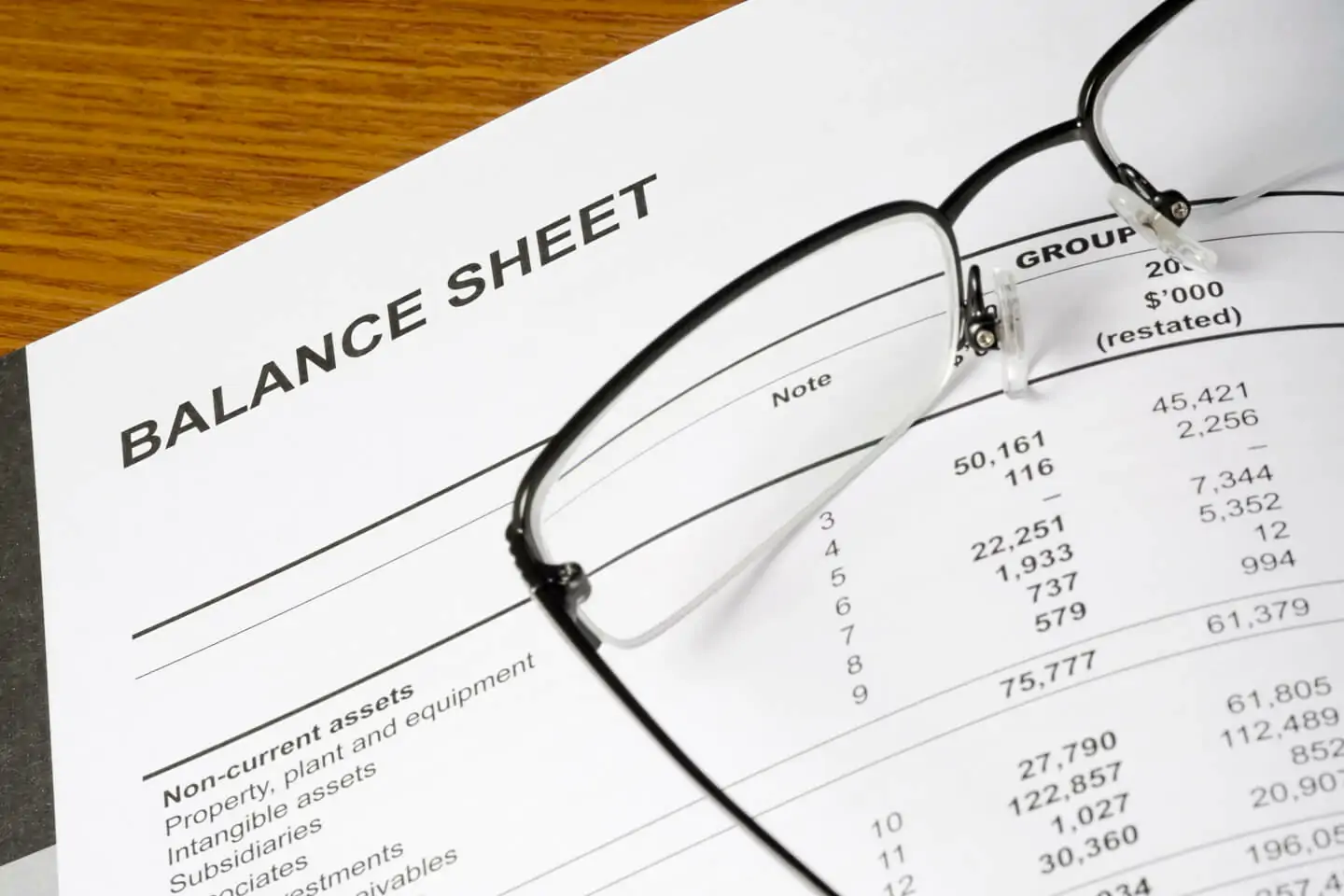
Working capital: Whose money is it anyway?
30 Sep 2016As a critical measure of a company’s liquidity and operational efficiency, a small business’s level of working capital can make or break the business. Without enough working capital to fund its day-to-day operations even a successful, highly profitable business can run into financial problems and even default on its debts.
For that reason it’s vitally important small business owners understand the level of working capital on their company's balance sheet, understand how it can be improved and take measures to ensure it’s as favourable as possible.
What is working capital?
Working capital is the difference between a company’s current assets and its current liabilities, which are both recorded in the business's statutory accounts, form part of the balance sheet and cover a 12 month period. For this reason working capital is also known as 'net current assets',
If a company has high working capital it has more than enough liquidity to meet its short-term financial obligations. Generally speaking, the higher a business’s working capital the better (although there are a few exceptions, such as companies that receive payment before creating a product), and a company with high working capital is usually seen as a well-managed and operationally efficient business.
By contrast, low working capital means a business has lower liquidity, and in some cases very low or negative working capital could mean a business is at risk of default if new (and therefore unaccounted for) short-term financial obligations arise unexpectedly, particularly if the business is unable to access business financing to fund temporary shortfalls.
Negative working capital denotes a business operation where the current liabilities outweigh current assets, implying the business is currently funding its assets with short-term debt, either in the form of business loans or through an arrangement where customers pay a business for goods or services before they have been supplied.
Inventory, trade debtors and trade creditors
Trade debtors represent money due to be received from customers that have purchased goods or services from a business. Together with inventory or stock, trade debtors make up the bulk of a company’s current assets.
Trade creditors represent money due to be paid to suppliers or service providers for products or services a business has purchased or agreed to purchase. As such, trade creditors represent a large percentage of a company’s current liabilities, together with short-term debt, accrued employee compensation, accrued taxes and other accrued expenses.
Improving a business’s working capital
Given that inventory, trade debtors and trade creditors represent the main components of working capital, a business can improve its level of working capital by adjusting any or all of these components.
Shorten payment terms for trade debtors If a business offers longer payment terms to its customers than it has agreed with its own suppliers and service providers, the net result will be lower working capital for the business, and a potential risk that the business may have to rely on short-term business financing if its level of working capital falls into negative territory.
Therefore, one way to improve a business’s working capital is to shorten the length of time it takes to receive payment from trade debtors. This can be done by:
- negotiating shorter payment terms with customers
- offering a discount for invoices that are paid early or on time
- making it clear that customers will incur statutory interest for past-due accounts receivables (businesses are allowed to charge statutory interest on late payments at a rate of 8% plus the Bank of England base rate).
To understand how many days, on average, it currently takes a business to get paid by its trade debtors, divide the total amount of money trade debtors owe the business by the business’s total sales figure, and then multiply by 365. If the answer is greater than 30 days, then the business may have some room to negotiate shorter payment terms with trade debtors.
Negotiate longer payment terms with trade creditors Similarly, a business can negotiate longer payment terms with its own trader creditors in order to free up more working capital. This would mean the business receives more of the money it is owed by trade debtors before it has to pay its own trade creditors, resulting in a higher level of working capital for the company.
Again, to understand how many days, on average, it currently takes a business to pay its trade creditors, you can divide the total amount of money the business owes to trade creditors by the total cost of sales, and then multiply by 365. If the answer is less than 30 days, then the business may have wiggle room to negotiate longer payment terms. And even if the figure is already greater than 30 days, there may be room for negotiation.
Manage inventory more efficiently Another way a small business, specifically a business that sells physical products, can improve its level of working capital is by managing its inventory more efficiently. Since inventory ties up working capital in unsold stock, businesses can free up working capital by holding a smaller volume of inventory and replenishing more often.
In order to improve working capital in this way businesses need to be able to accurately predict and quickly adjust required stock levels, via forecasting tools and inventory management methodologies, such as the just-in-time methodology.
Alternatively, a business may be able to remove the need for inventory management entirely by leveraging a dropshipping business model.






















